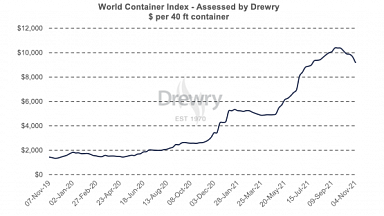KTZ explained that it has already restored 591 kilometres of railways from March to June this year while overhauling 289,5 kilometres of rail tracks. Repair works have targeted the replacement of 114.000 defective sleepers, 456.000 pieces of rail track fasteners, and electric power poles along 53 kilometres of railways. According to KTZ, after the works conclude, trains will be able to run faster in the rehabilitated sections. At the same time, the state-owned company will be able to implement telemechanics, automation and communications technologies more efficiently.
Traffic restrictions
Current repair work has focused on the areas of Karaganda, Atyrau, Aktobe, Kyzylorda, Kostanay, Pavlodar, Semey and Almaty. The most relevant locations for rail freight are Almaty and Kyzylorda. Almaty is an important border-crossing area for traffic coming from China, but both sites are also critical for the Middle Corridor. However, no significant traffic restrictions have been noted so far. That is because KTZ has mostly imposed restrictions on the speed of transiting trains. The speed restrictions apply on both freight and passenger trains.
A possible issue that could occur concerns the high season of domestic product exports, including grain and coal. Nevertheless, KTZ assured that traffic will not be impacted. «The infrastructure will be prepared in time for the transportation of socially important cargoes during the autumn-winter period», commented the company.



